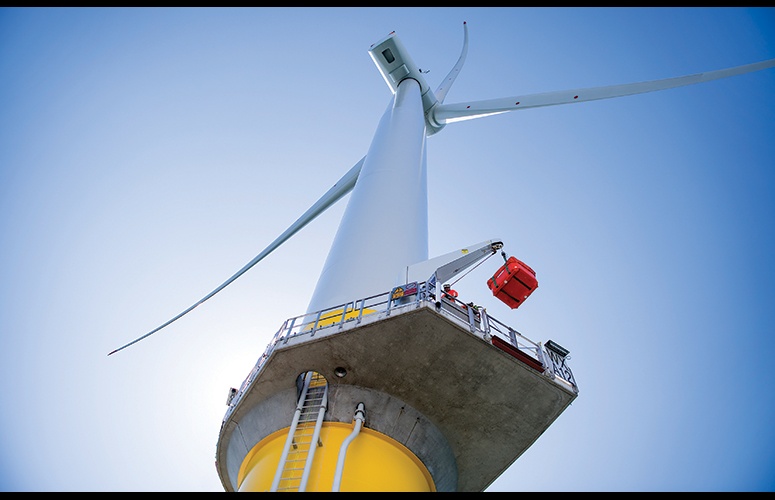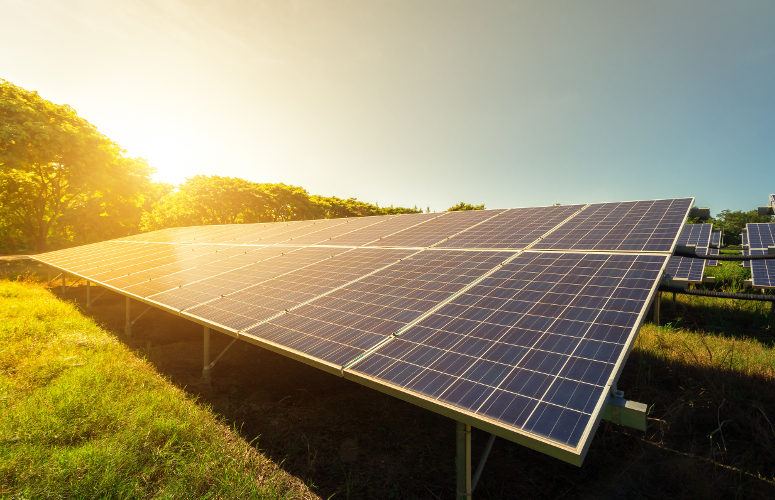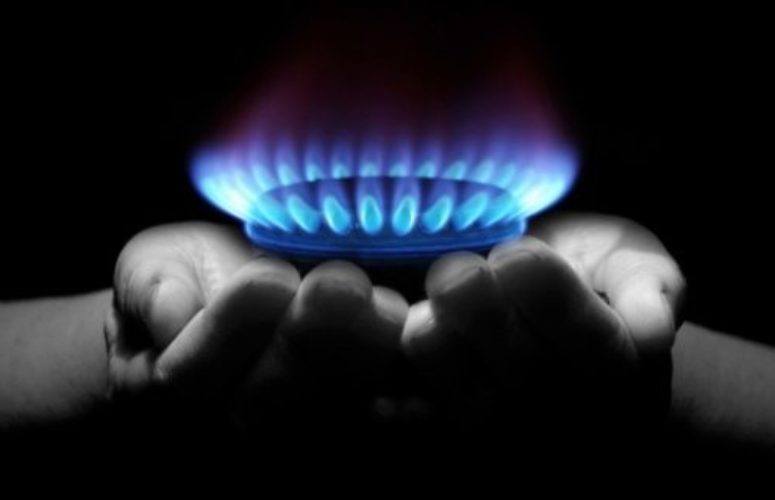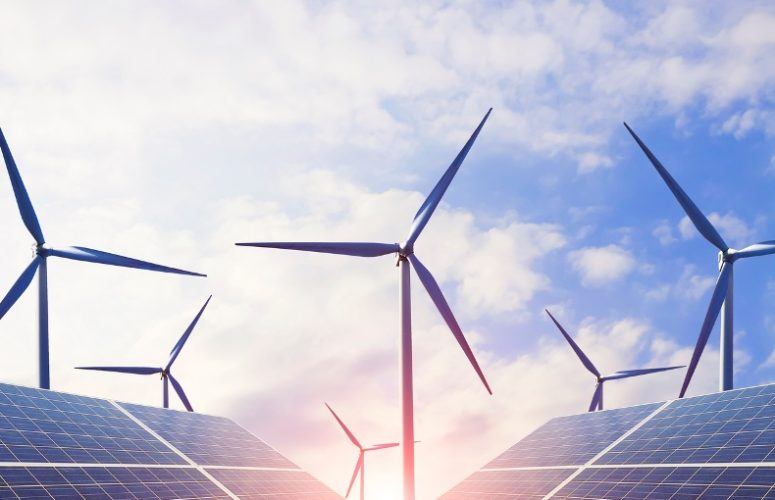
The Complexity of Compliance
Turning NJ's lofty clean energy goals into reality.
By Larry Feld, Contributing Writer On Oct 10, 2023The state is seeking to take an energy system that has been running on fossil fuels for the last 150 years and transform it into something different. “That’s not easy to do,” says Ray Cantor, deputy chief government affairs officer for the New Jersey Business and Industry Association, who explains that the effort will require significant expense and infrastructure investments. “From a practical perspective and from a carbon or climate impact perspective, what is important to understand is what is doable and what is not doable.”
The call for clean energy started with The Electric Discount & Energy Competition Act of 1999, which demanded that suppliers deliver a portion of their energy from clean sources. Then, on July 6, 2007, the state enacted the Global Warming Response Act, P.L.2007, c.112, which established a statewide goal of reducing greenhouse gas emissions to 80% below 2006 levels by 2050.
The Clean Energy Act of 2018 then raised the bar on the clean energy goals established two decades earlier. Setting higher targets, the new law requires 35% of the energy sold in the state to come from qualifying energy sources by 2025 and 50% by 2030. It also established a Community Solar Energy Pilot Program and codified the governor’s goal of 3,500 MW of offshore wind by 2030.
In January 2020, Murphy unveiled a new state Energy Master Plan (EMP) that called for a goal of 100% clean energy in the state by 2050 by comprehensively addressing New Jersey’s energy systems, including electricity generation, transportation, and buildings, and their associated greenhouse gas emissions and related air pollutants. Then in February 2023, the governor signed an executive order committing the state to 100% clean energy by 2035.
Upgrading Infrastructure
While the electric utilities are unified in their commitment to clean energy, service upgrades are driven by both carbon reduction and the need for greater storm resilience.
“PSE&G remains committed to supporting New Jersey’s climate goals and doing our part to build a cleaner future in New Jersey,” says Karen Reif, senior vice president, PSE&G, Renewables & Energy Solutions. “We are focused on enabling cleaner energy – from transmission to energy efficiency – investments in infrastructure to create a more resilient and reliable grid, and investments and programs that support affordability.”
To that end, PSE&G’s 2023 planned capital expenditures of more than $3.5 billion is the largest investment plan in the utility’s history, including upgrades in transmission lines and substations.
JCP&L is another utility that is on board with the state’s clean energy mandates.
“We believe climate change is among the most important issues of our time,” stresses Chris Hoenig, senior communications representative, external communications for First Energy Corp., the parent organization of JCP&L, adding that the company is committed to doing its part to ensure a sustainable future for the communities it serves. To that end, JCP&L has pledged to achieve carbon neutrality by 2050, with an interim goal of a 30% reduction in greenhouse gas emissions (from a 2019 baseline) by 2030.
“Our largest project is the $740 million award from the New Jersey Board of Public Utilities (NJBPU) to inject nearly 6,000 MW of offshore wind-generated electricity into New Jersey’s grid,” explains Hoenig. The company is doing this by upgrading high-voltage transmission lines that will carry electricity to three of JCP&L’s substations, where it enters the grid.
In addition to the transmission line project, JCP&L earlier this year completed the successful injection of electricity from North America’s largest landfill solar project, owned by CEP Renewables in Mount Olive.
Power companies are also trying to incentivize businesses and consumers to use energy wisely. For example, Atlantic City Electric has instituted the Smart Energy Network project. “The Smart Energy project is helping to drive the South Jersey economy by supporting local and diverse companies,” says Doug Mokoid, region president, Atlantic City Electric. The utility is investing more than $27 million in local companies who participate in its smart meter installation.
“The transition to smart meters also plays a role in our existing workforce development programs,” notes Mokoid, explaining that, “The project creates jobs for field technicians and support personnel.”
Community Solar
Recently, New Jersey’s Clean Energy Program’s Community Solar Energy Pilot became permanent. The initiative is designed for residents who are not able to install solar panels on their buildings so that they can instead purchase a portion of the generation capacity from a community solar array. It also encourages municipalities to participate in creating community solar projects in their town, particularly on brownfields, landfills, or problematic properties.
EV Programs
In addition to purchasing qualifying electric vehicles (EVs), New Jersey’s utility companies, guided by oversight from the NJBPU, are offering substantial incentives and rebates to encourage the installation of EV infrastructure at homes and businesses.
In June of 2022, JCP&L introduced its JCP&L EV Driven program, offering a combination of incentives and rate credits to assist in the overall costs of installing and operating EV infrastructure at homes and businesses.
At the same time, the New Jersey Business & Industry Association is in the midst of its “Stop NJ’s Gas Car Ban” campaign, which is in opposition to the state’s mandate on banning the sale of gas-powered vehicles by 2035. According to Cantor, the mandate will have real-world impacts on residents and the state’s economy well before 2035, and will not be affordable for many or attainable for the state as a whole.
“Electric vehicles and hybrids are much more expensive than gas-powered cars up front, without even mentioning the added costs of home charging stations and volatile electricity prices,” Cantor says. “Federal and state subsidies don’t make up for those added costs and they will not be around forever. These increases unfairly target our most vulnerable residents who need reliable transportation.”
Offshore Wind Power
New Jersey’s offshore wind industry is enduring some bad press. A series of dead marine life reaching New Jersey’s shoreline has created public concern that wind farm construction is harming wildlife.
“The biggest threat to marine life is climate change,” says Maddy Urbish, head of government affairs and market strategies for New Jersey at Ørsted, a Danish-headquartered clean energy company that acquired the lease for Ocean Wind 1 and Ocean Wind 2 through an auction by the federal government in 2017. The company cites multiple federal agencies and scientific organizations attributing warming waters as the root cause of marine life deaths, and that the government has noted an increase in mammal mortality since 2016.
Ocean Wind 1 and 2 will be located 15 miles off the coast of Southern New Jersey. Ocean Wind 1 will generate 1,100 megawatts of offshore wind energy from 98 turbines, which is enough to power more than 500,000 homes. The company originally expected “first power” to happen by the end of 2024 with full power going live in early 2025. In late August, Ørsted announced the project would be delayed until 2026 due to supply chain and financial issues. A few days after the announcement, Hina Kazmi, the Ørsted’s Ocean Wind 1 program director, released a statement saying the company has not slowed or paused any planned activity, saying, “Ocean Wind 1 remains on schedule for operations in 2025, with final commissioning in the first quarter of 2026.”
To access more business news, visit NJB News Now.
Related Articles:





